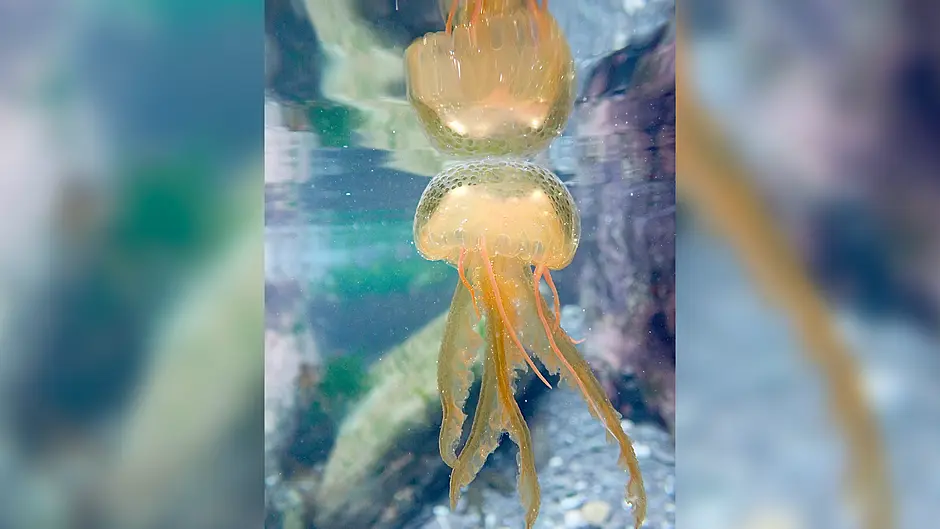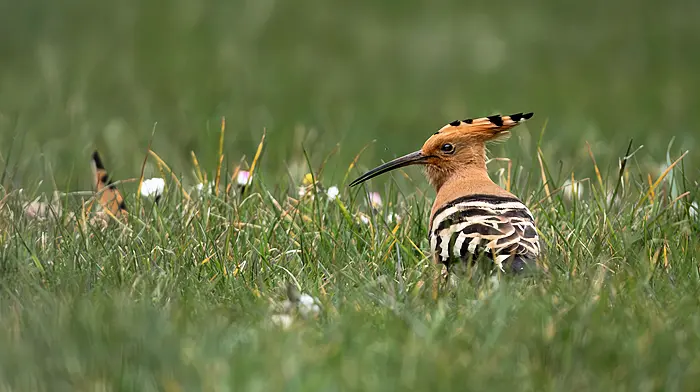
SWARMS of stinging jellyfish have arrived along the West Cork coastline, with scientists warning swimmers to take extra care.
Last weekend a huge swarm of mauve stinger jellyfish was spotted on Squince beach by Denise O’Driscoll and her 12-year old son, Paddy, of Bawnlahan, Union Hall.
Denise, a member of the local Plucky Paddler swimming group, has a keen interest in the marine environment and immediately knew this sizable influx was remarkable.
Since then, these stinging jellyfish have been spotted across West Cork’s shorelines, including a large influx at Lough Hyne, which prompted UCC scientists to issue a warning about swimming there while they are present.
Mauve stingers – pelagia noctiluca – are rarely seen on West Cork’s beaches, especially in the numbers reported this week.
Typically, they stay offshore, forming large aggregations when conditions are favourable.
Unlike most jellyfish, which sting only with their tentacles, mauve stingers possess additional stinging warts on their domed upper surface, adding to their defensive arsenal.
Their sting can be painful, and with such high numbers, caution is advised when entering the water. Although the sting of a Portuguese man o’ war or lion’s mane jellyfish is more severe, mauve stingers still warrant vigilance. It’s also important to remember that jellyfish can sting even when washed ashore, posing a risk to pets as well.
Following the sightings at Squince beach, vast numbers of juvenile mauve stingers, measuring 2–5 cm in diameter and golden-brown in colour, were observed alongside larger, 7–10 cm purple-pink adults.
The shore was littered with jellyfish remains, and the shallows resembled a dense, pulsating ‘jellyfish soup’.
Beyond posing a hazard to swimmers, mauve stingers can also impact aquaculture. Salmon farms are particularly vulnerable, as jellyfish swarms can infiltrate nets, sting, and kill large numbers of fish.
Researchers warn that jellyfish blooms and strandings, like this one, may become more frequent due to climate change.










